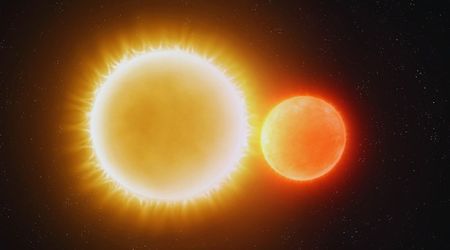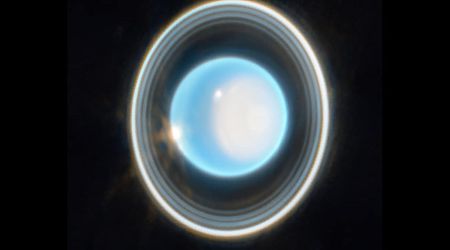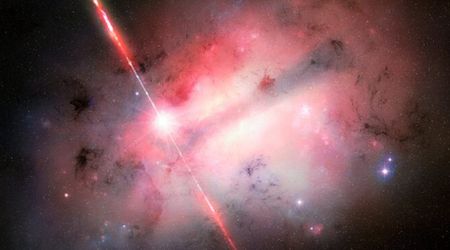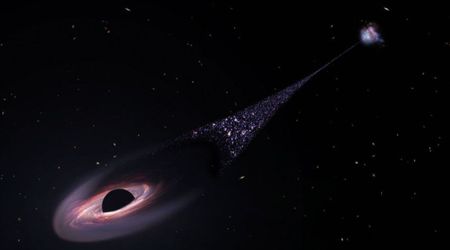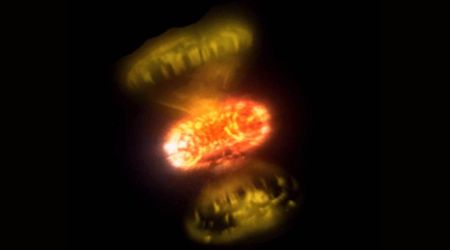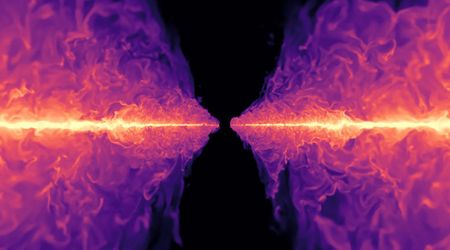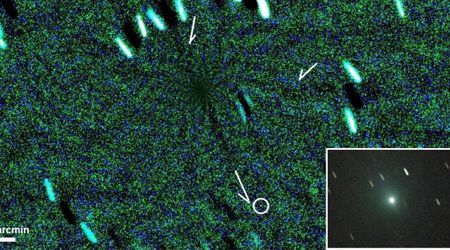M78 and NGC 2071

M78 is a bright reflection nebula located close to the celestial equator, and about four degrees east of Mintaka (Delta Orionis), the westernmost star in Orion’s belt. Like all reflection nebulae, M78 is seen because it scatters light from another source, usually nearby stars.
The nebula was discovered 230 years ago by Pierre Mechain, and later included in Messier’s famous catalog where it is described to be “a cluster of stars with much nebulosity”. In small telescopes M78 appears like an oval smudge of grayish light that is slightly brighter on its southern end.
The nebula can be glimpsed with binoculars on an exceptional dark sky, but if you observe in less than ideal conditions a 4.5-inch telescope is the minimum required.
Observers using larger instruments may see M78 as comet-shaped, with a broad tail of material arcing away from two 10th-magnitude stars in the head.
If you watch carefully, you might also notice NGC 2071 in the same eyepiece field, just a few arcminutes away from M78. Though not likely to be seen through binoculars, this companion nebula is detectable in 3 to 4-inch telescopes as a faint glow northeast of M78.
Featured image source: https://www.eso.org/public/images/eso1635a/


